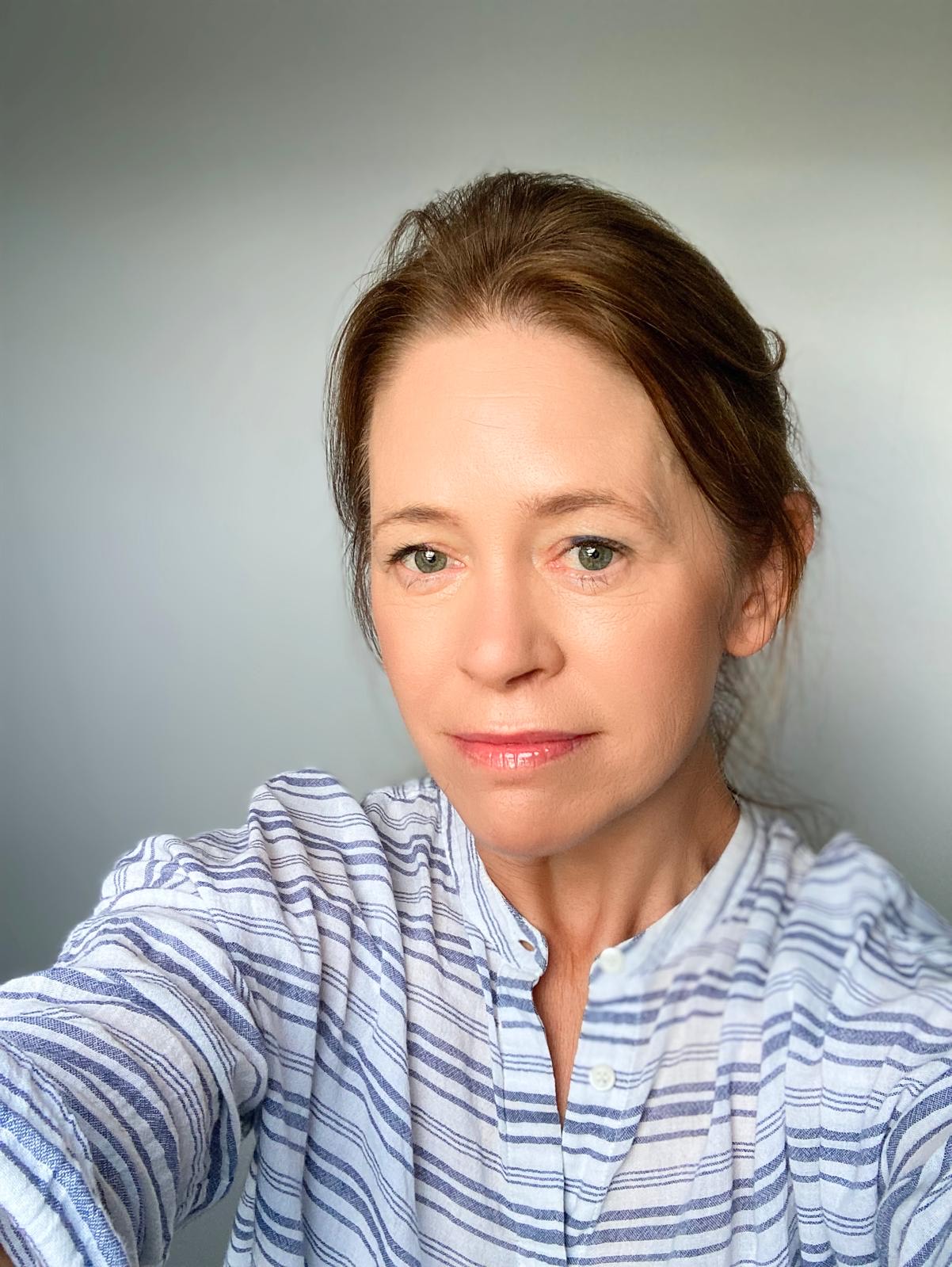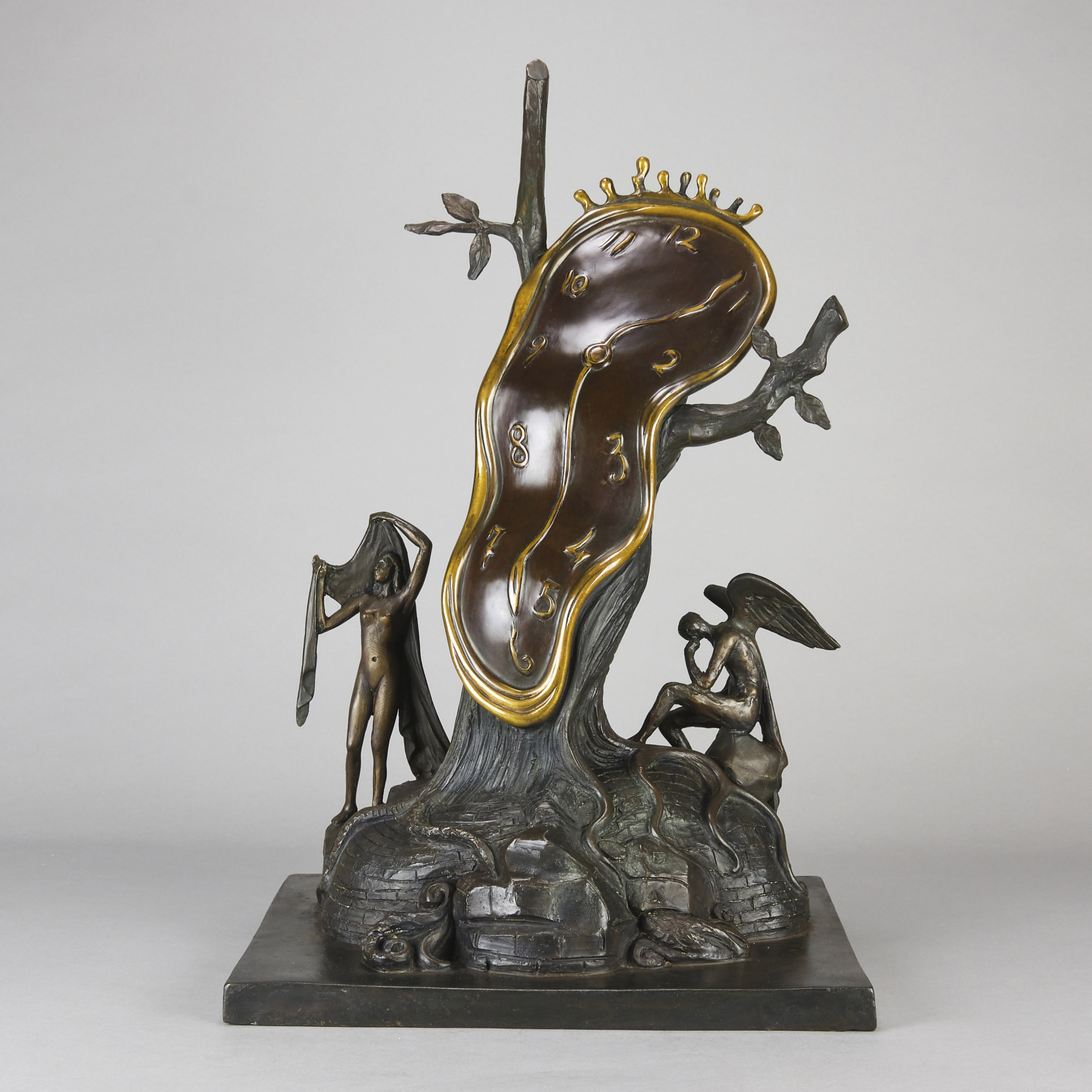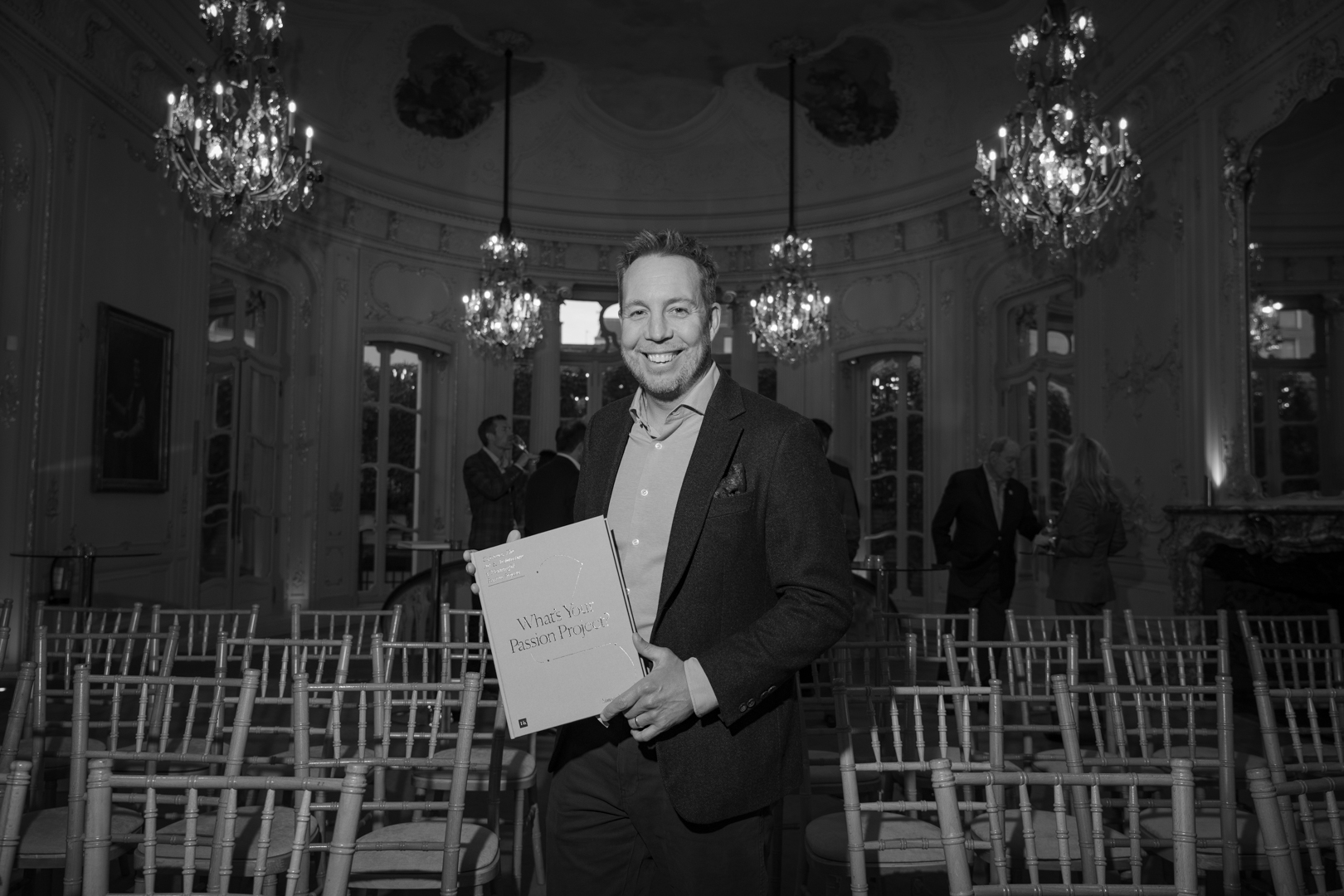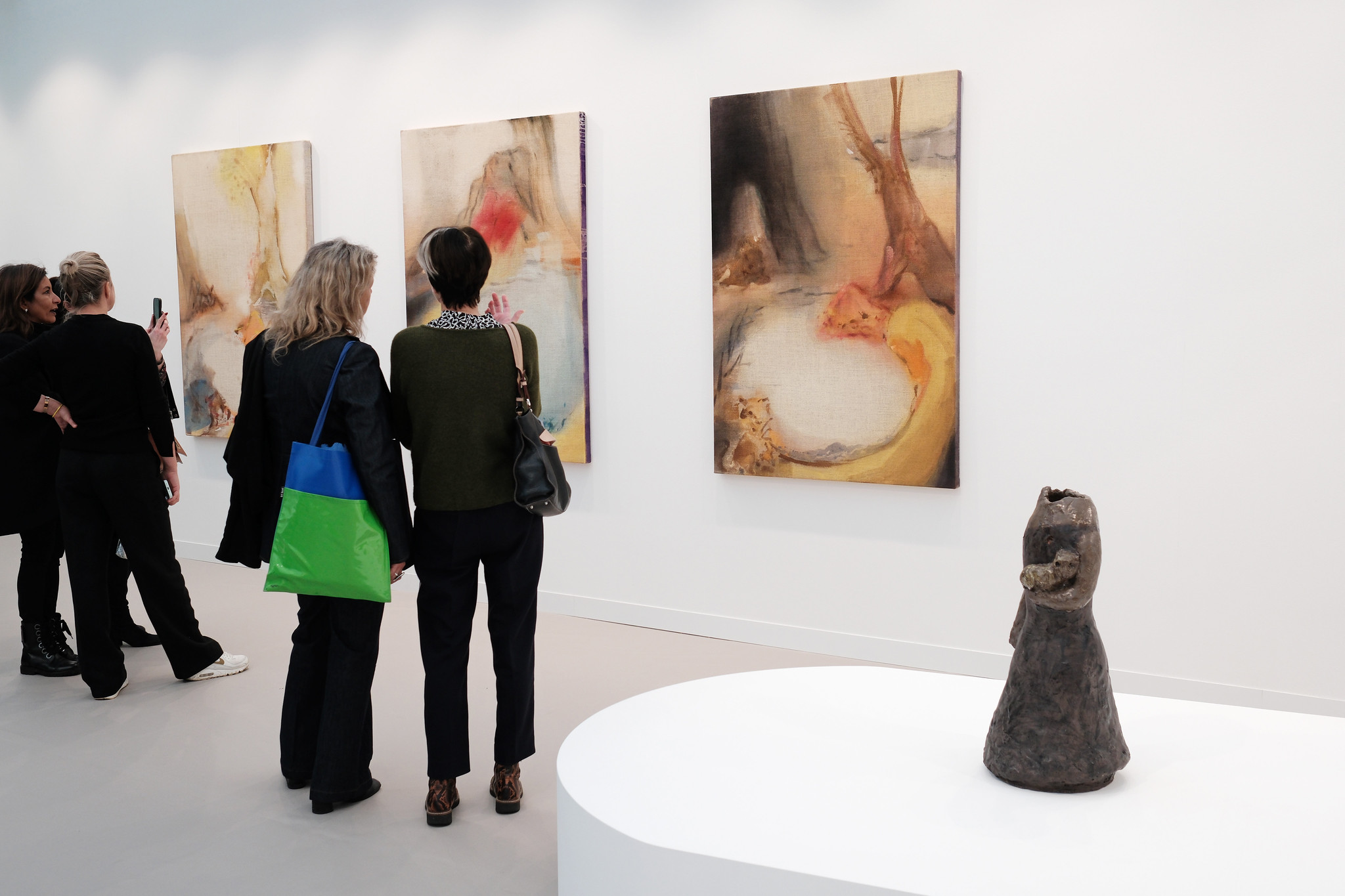As Lapada brings its annual art and antiques fair back to Berkeley Square, we caught up with the association's new chief executive, Elizabeth Shanks
Words: Bridget Arsenault

Forgive the oxymoron, but antiques are the future. Just ask Elizabeth Shanks, the newly appointed chief executive of Lapada, the largest (and growing) society of art and antiques dealers in Europe. Founded in 1974 and best known for its glamorous fair transforming Berkeley Square each autumn, Lapada is also a professional body, representing more than 500 expert furniture, fine art, jewellery and antiques dealers around the world.
It's this variety – and potential for growth – that attracted Shanks to the position. Having previously spent 10 years at Sotheby's, followed by a four-year stint as head of travelling exhibitions at the British Museum and a few years working in Jeddah, Saudi Arabia, leading the country's Islamic Art Biennale, Shanks arrived at Lapada with a brimming address book of dealers and buyers, impressive operational expertise and a passion for emerging markets. The fair, which this year takes place from October 28 to November 2, is a reminder of how much joy is transferred from beautiful things. What makes Lapada unique? “Well, the venue.That just goes without saying,” says Shanks.
“[And] it's the dealers we have.” For six days, the heart of Mayfair becomes a marketplace for those seeking to buy items such as a Gio Ponti desk, a Charles Eames recliner or an art deco vase. But this is about far more than high-value transactions. It's an experience. “We're making the whole square come to life,” says Shanks. The sellers themselves – more than 100 unique merchants from around the world – are heavily vetted and constantly reassessed. While poking around car-boot sales and Parisian flea markets for silver spoons, wine decanters and horn-handled butter knives can be fun, it can also be risky.
For most lay buyers, it's impossible to know if a piece is genuine or a reproduction, or if you're paying too much. At an art fair such as Lapada, buyers are cosseted by the dealer's specialist knowledge and already scrutinised stock. “The main thing is getting buyers in that exhibitors don't normally have access to. So that can be other people, other dealers and other exhibitors,” says Shanks. “They're going to see X piece that they've heard about, but then they end up walking through and seeing much more. It's so eclectic.









